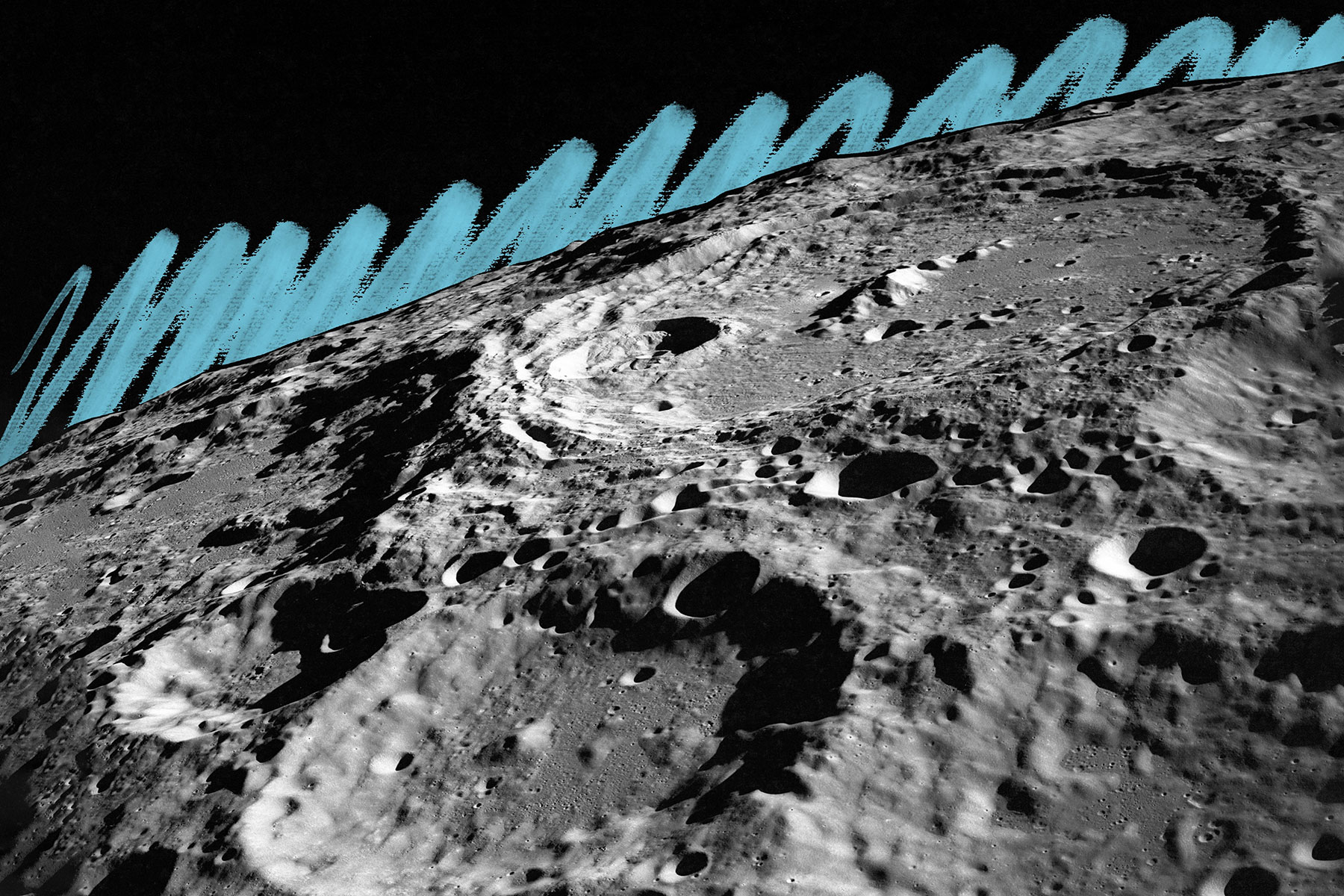Pan Am created a waitlist for moon travel in the 1960s.
In 1964, an Austrian journalist asked a travel agent in Vienna to book him on a flight to the moon, and it gave the folks at Pan Am an idea. Within weeks, the popular airline created a waitlist for would-be space travelers eager to reserve a spot on the first lunar flight. It was an advance reservation to be sure: The airline predicted that the first commercial flight to the moon would depart in the year 2000.
Though Apollo 11 would not make its historic journey to the lunar surface for another five years, Pan Am was already busy working out the messy details of spaceflight service (chief among them being the inevitable discomfort of rocket launches). As the airline advertised its lunar list on radio and TV, the waitlist only grew. By the time Neil Armstrong took his “one small step for man” in July 1969, some 25,000 people were waiting for their ticket beyond Earth’s gravitational embrace. Pan Am even set up a “First Moon Flights” Club, issuing club cards to around 93,000 certified members between 1968 and 1971.
Ultimately, Pan Am was unable to deliver on its lofty lunar promises; high operational costs combined with an economic slowdown led to the airline’s financial decline in the 1970s and eventual bankruptcy in 1991. The dream of space tourism, however, lives on. In 2021, Virgin Galactic’s space travel waitlist (at $250,000 per ticket) had some 600 names on it, including Tom Hanks, Leonardo DiCaprio, and Lady Gaga. The spaceflight company Axiom Space, meanwhile, is busy curating 10-day visits to the International Space Station for a cool $55 million and launched its first private mission in April 2022. Still, though humans have clearly long been hungry for ways to leave our home planet, the surface of the moon remains an exclusive destination for professional astronauts — for now.







